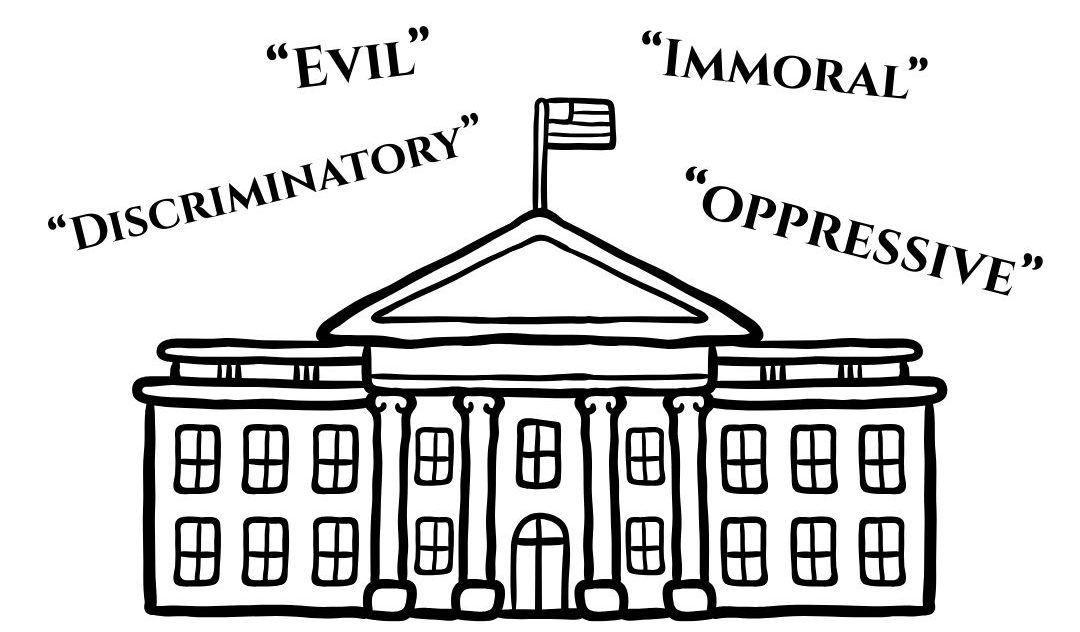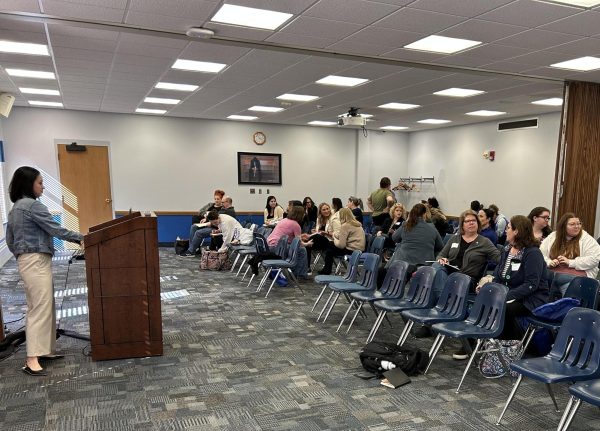‘Living History’ kicks off program
In order to kick off Eastern’s Women Studies “Living History Program,” students, teachers, and community members gathered at the Charleston Carnegie Public Library for a public performance.
Melanie Mills, professor of communication studies, said the Living History Program provides a connection between the community and university, as well as providing good lessons for children during the presentations.
The Living History Program is a 20-year-old program that travels to middle and elementary schools in Charleston to promote Women’s History Month.
Eastern students will dress up as historical women and present a speech for their target audience, as well as answer questions.
“Women’s history is often optional or incomplete in elementary school curriculum.” Mills said via email. “Our program gives children a chance to see that women did more than cook and sew in our history. I think it expands the minds of both boys and girls to see brave, talented and smart women who had major roles in shaping history.”
The six historical women represented included Sacajawea, the guide of the Lewis and Clark Expedition,as well as a Lemhi-Shoshone Native American; Alice Paul, the American suffragist and activist who helped pass the amendment allowing women to vote; Amelia Earhart, the first woman to fly unaccompanied across the Atlantic Ocean; Lisette Charbonneau, the daughter of Sacajawea; Jacqueline Kennedy Onassis, the first lady during the 1960s and famed fashion icon; and Annie Oakley, the American Sharpshooter and star attraction at Buffalo Bill’s Wild West Show.
Andrea Morgan, a history major, played the roll of Annie Oakley.
Morgan said Annie Oakley was considered the first American female superstar.
Morgan, dressed as Oakley, told the tale of how Oakley was forced to learn to hunt at the age of 9 in order to provide food and money for her family.
Morgan also said Oakley was born and raised in Ohio and become a star attraction of Buffalo Bill’s Wild West Show, where she performed sharp shooting tricks such as shooting the tip off a cigarette that her husband, fellow sharpshooter Frank Butler, held in his mouth.
Morgan said Oakley, with her worldwide popularity, was able to travel all over the world, something that was not common for women in that time period.
Jeannie Ludlow, the director of women’s studies, said she thinks boys and girls can both appreciate the famous female figures and the lessons and morals they teach.
“We are far past the time when boys were supposed to have only male role models and girls were supposed to have only female role models,” Ludlow said via email. “In today’s program, the audience learned about Annie Oakley’s childhood and how her family struggled to keep their farm after her father died.
Stephanie Templin, a history major, played the role of American aviator Amelia Earhart.
Templin told the audience the story of Earhart, a woman who fell in love with flying and saved enough money after six months to buy her own plane, a small, yellow biplane that she nicknamed “the canary.”
Templin also told the crowd of Earhart’s many aviation accomplishments and the numerous broken records she left in her wake.
Templin said when Earhart was approaching 40 and her health began to fail, she decided that as her final flight, she would attempt to circumnavigate the globe, a feat American aviator Charles Lindberg did just three years before.
Templin said Earhart disappeared during this flight with her navigator.
Kathryn Richter can be reached at 581-2812 or kjrichter@eiu.edu

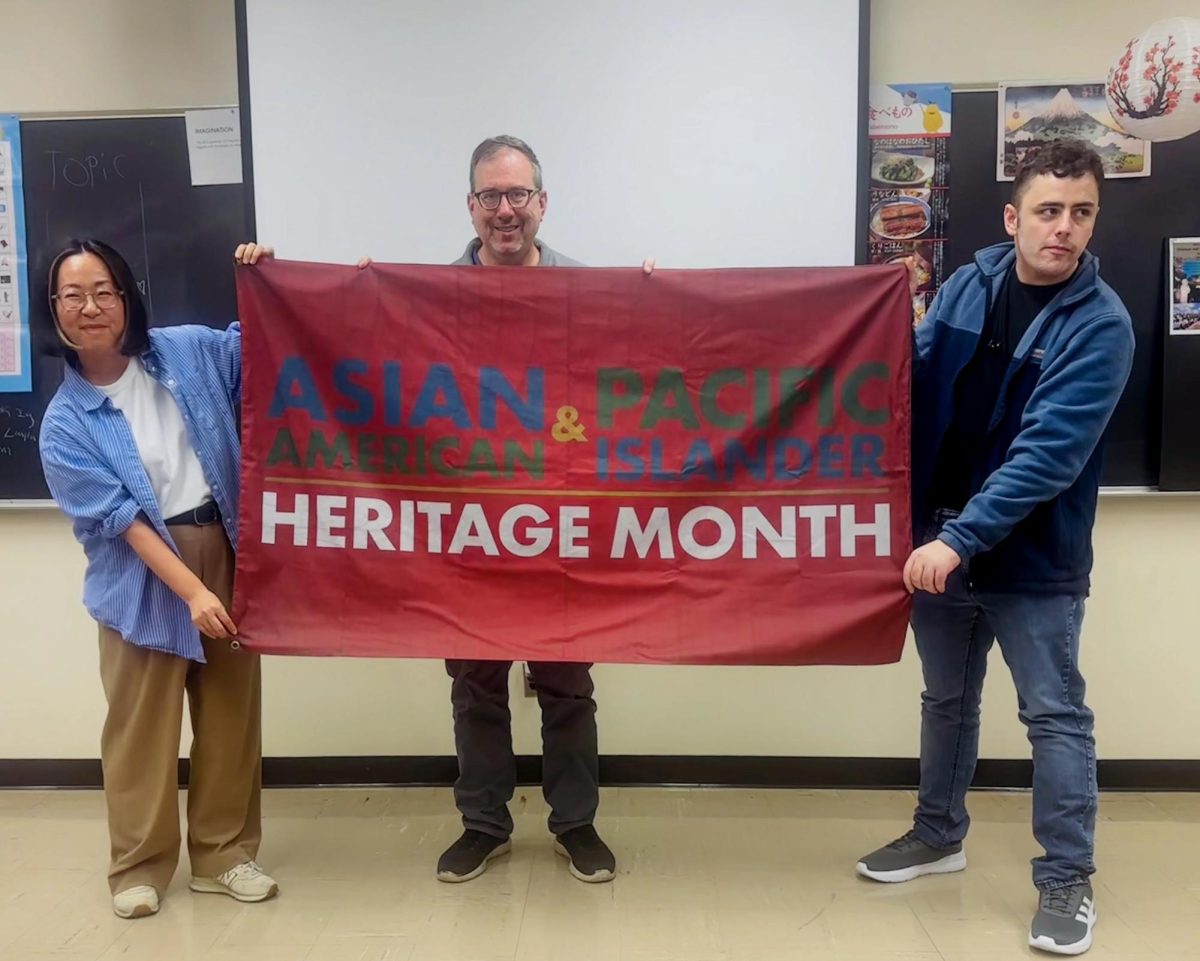
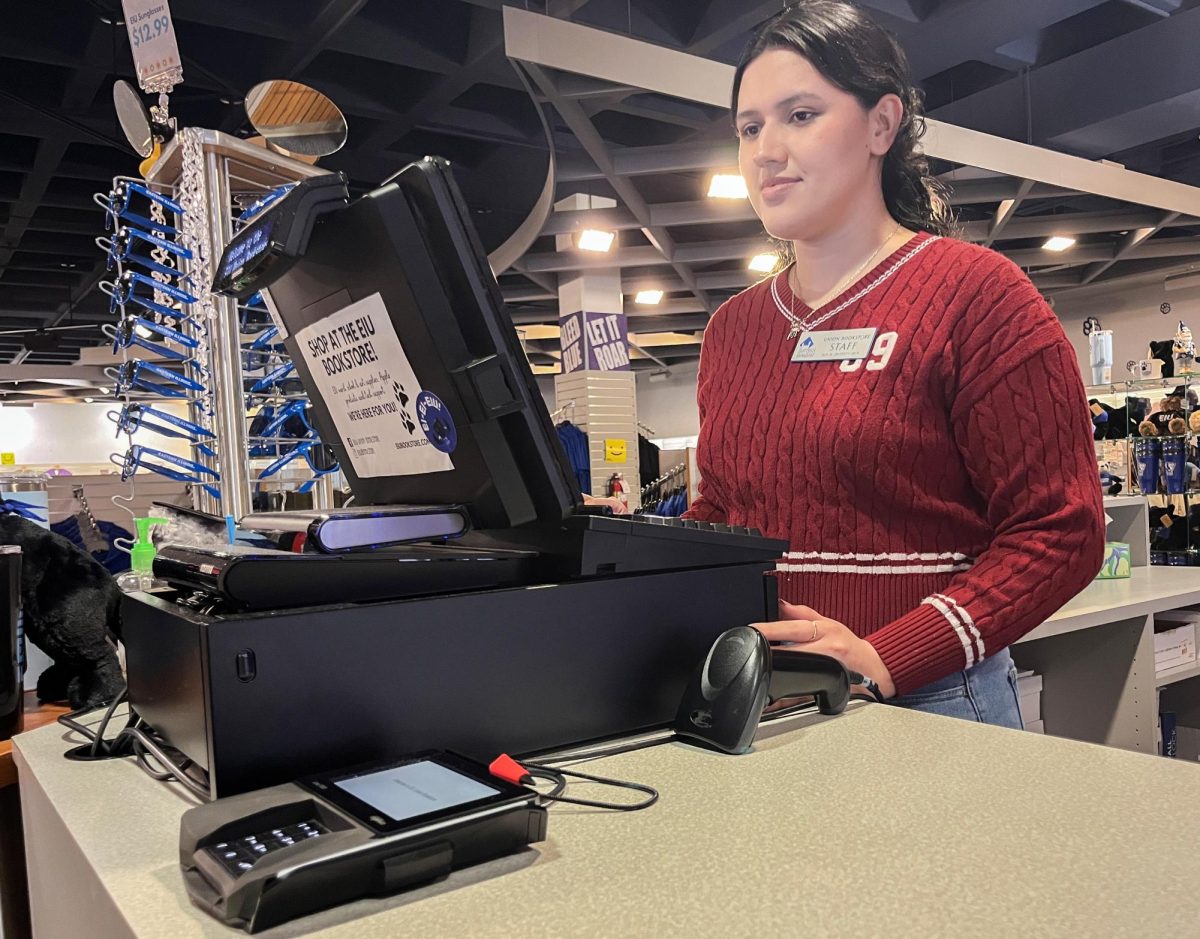

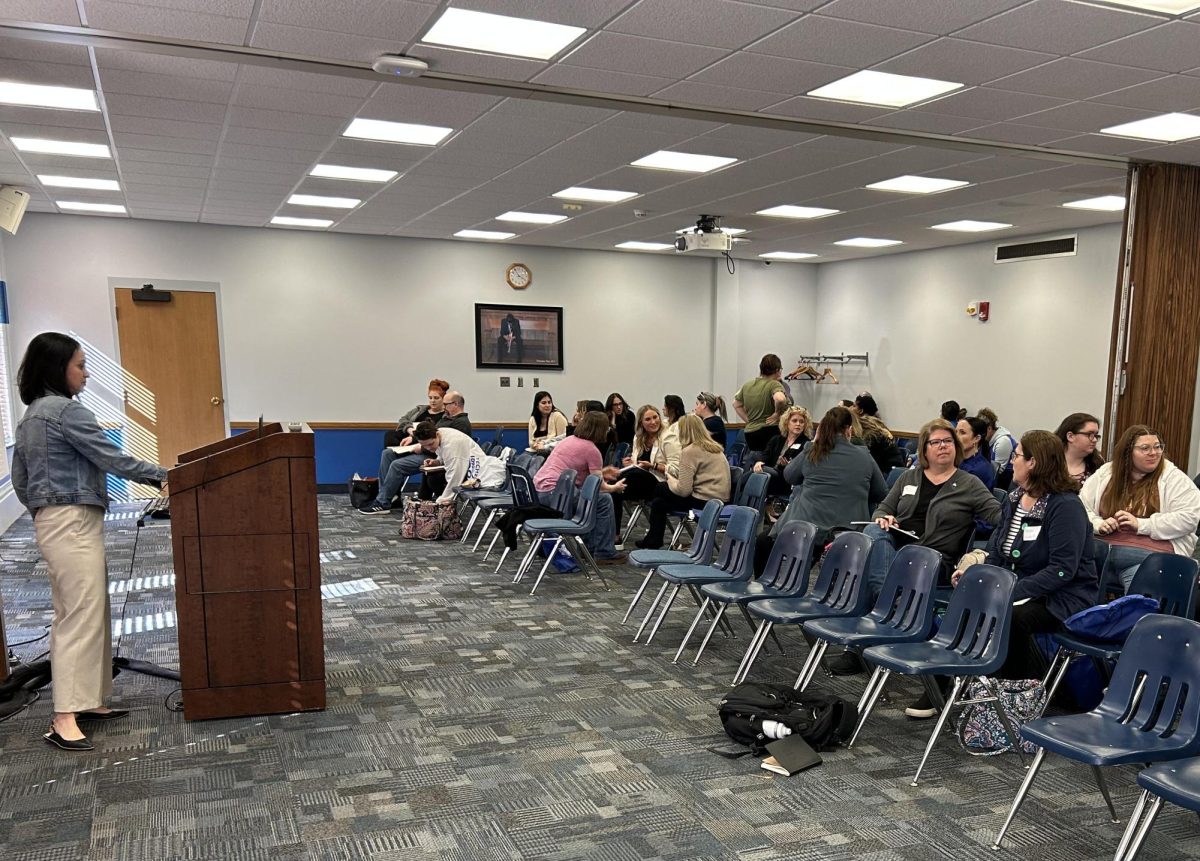
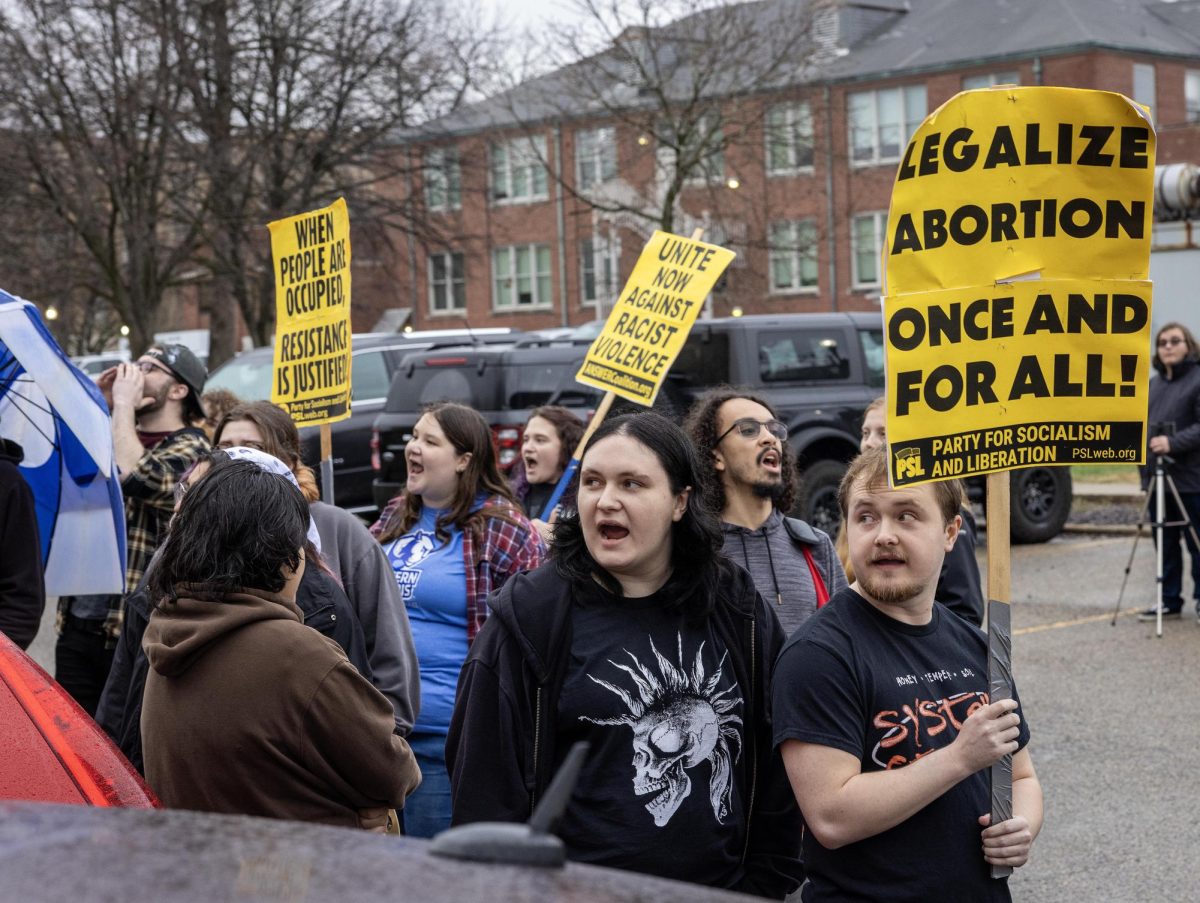
![[Thumbnail Edition] Eastern Illinois softball senior infielder Briana Gonzalez resetting in the batter's box after a pitch at Williams Field during Eastern’s first game against Southeast Missouri State as Eastern split the games as Eastern lost the first game 3-0 and won the second 8-5 on March 28.](https://www.dailyeasternnews.com/wp-content/uploads/2025/04/SBSEMO_11_O-1-e1743993806746-1200x692.jpg)



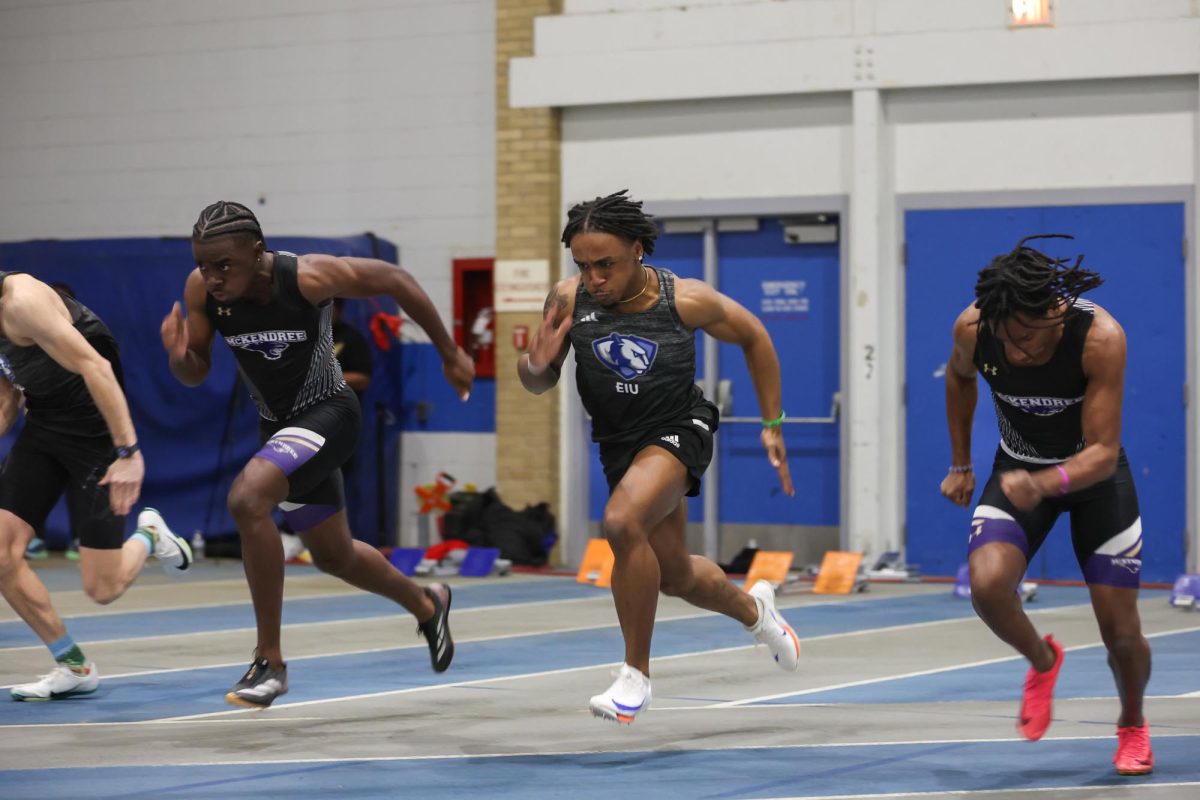

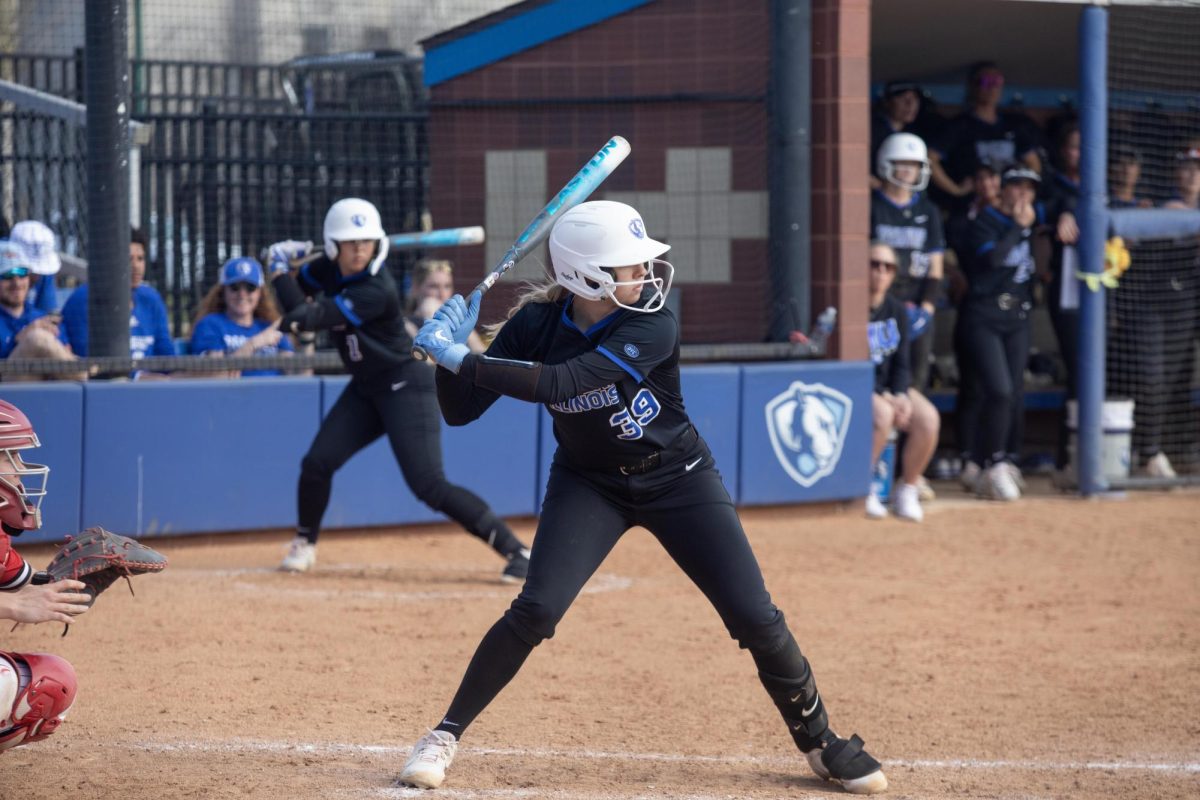
![[Thumbnail Edition] Junior right-handed Pitcher Lukas Touma catches at the game against Bradley University Tuesday](https://www.dailyeasternnews.com/wp-content/uploads/2025/03/MBSN_14_O-e1743293284377-1200x670.jpg)
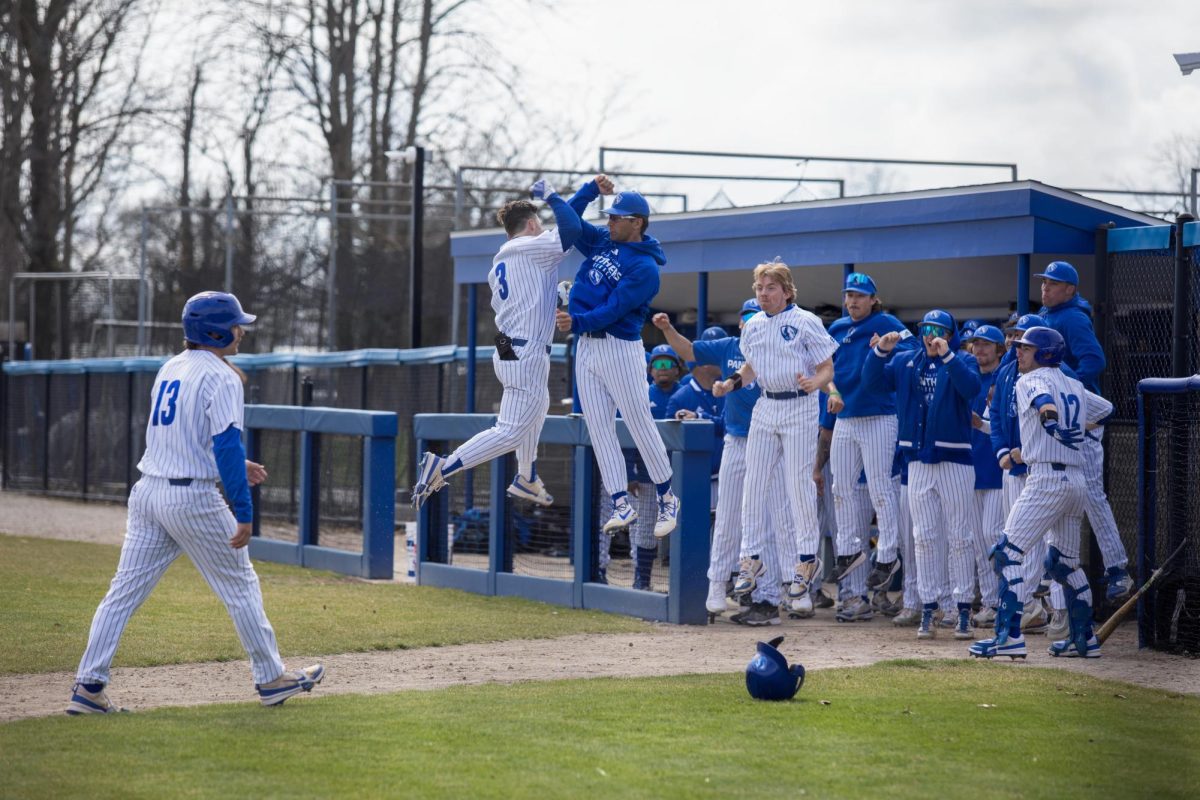
![[Thumbnail Edition] Senior Foward Macy McGlone, getsw the ball and gets the point during the first half of the game aginst Western Illinois University,, Eastern Illinois University Lost to Western Illinois University Thursday March 6 20205, 78-75 EIU lost making it the end of their season](https://www.dailyeasternnews.com/wp-content/uploads/2025/03/WBB_OVC_03_O-1-e1743361637111-1200x614.jpg)













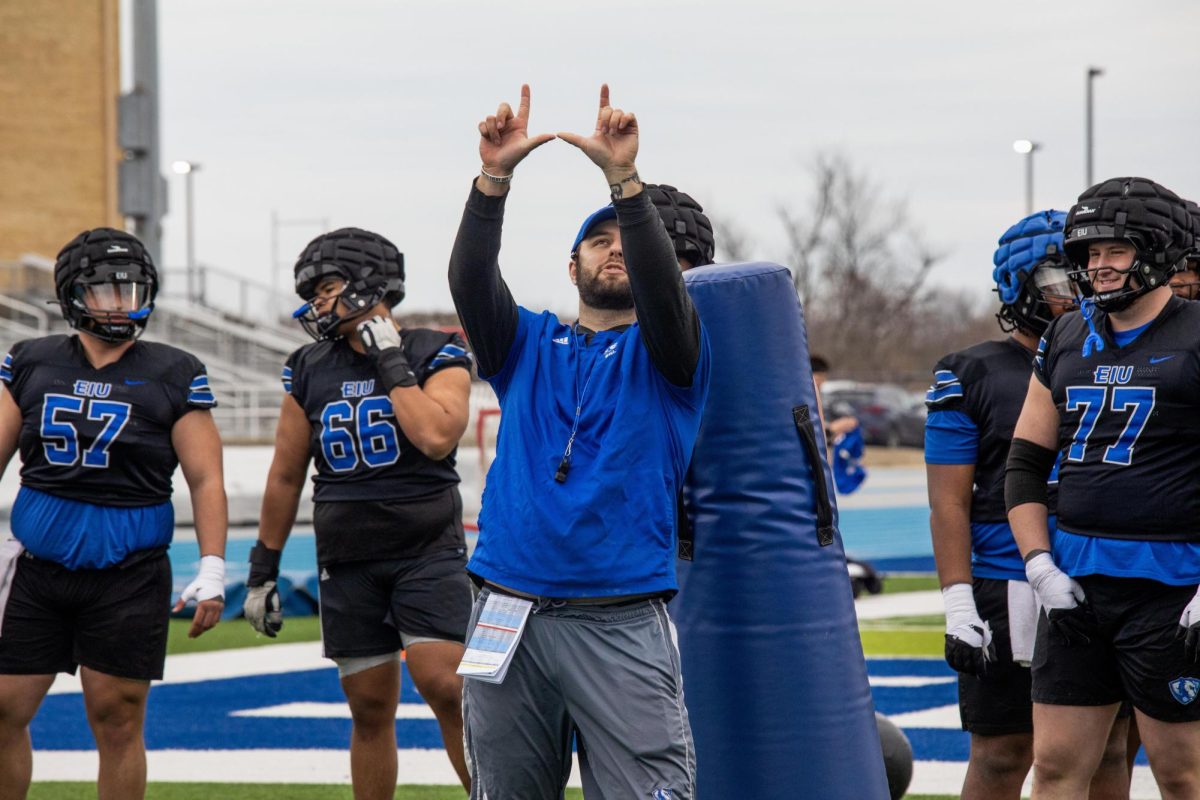








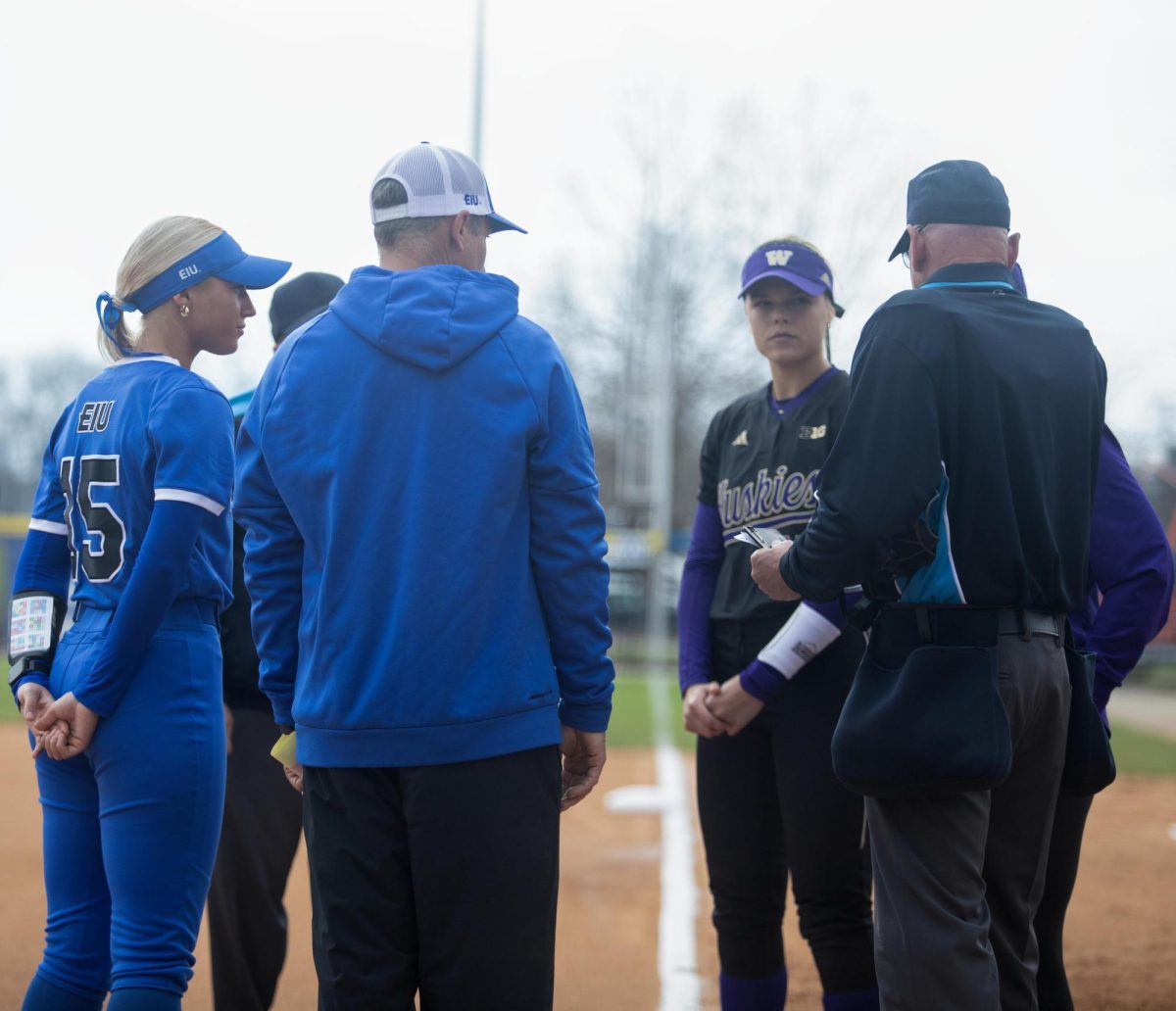
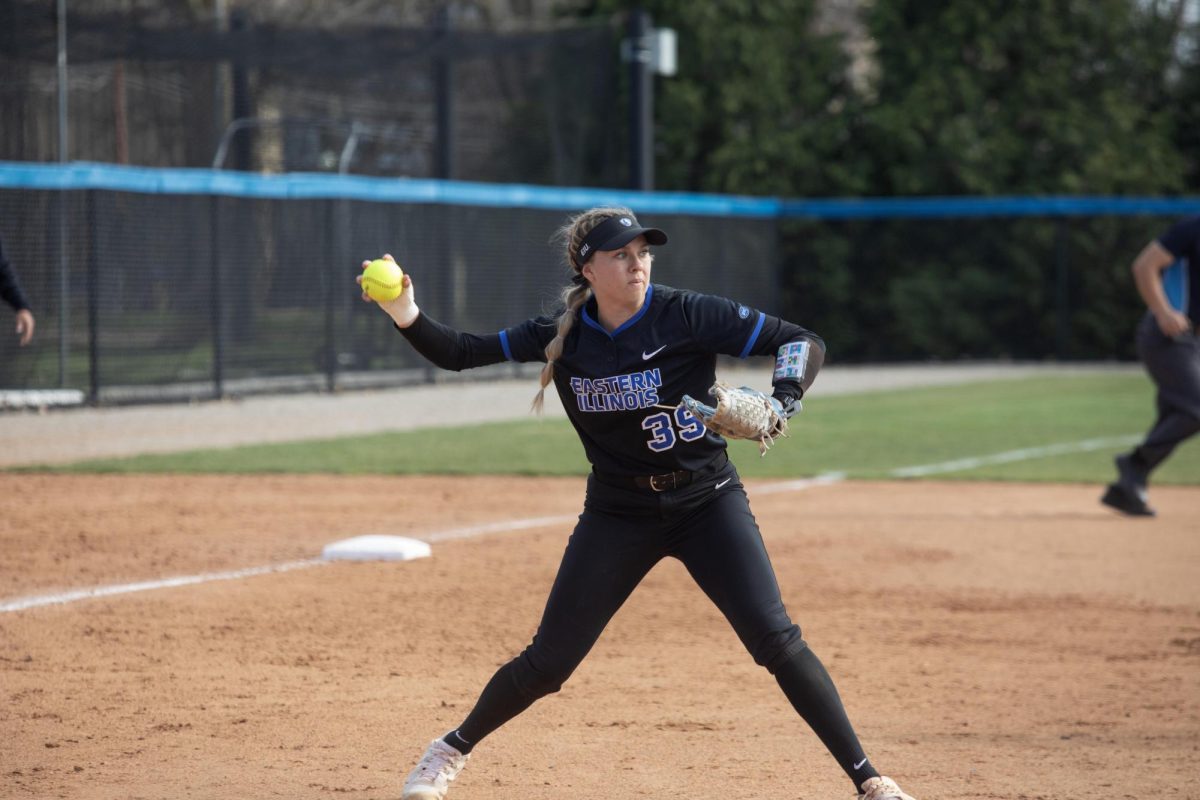














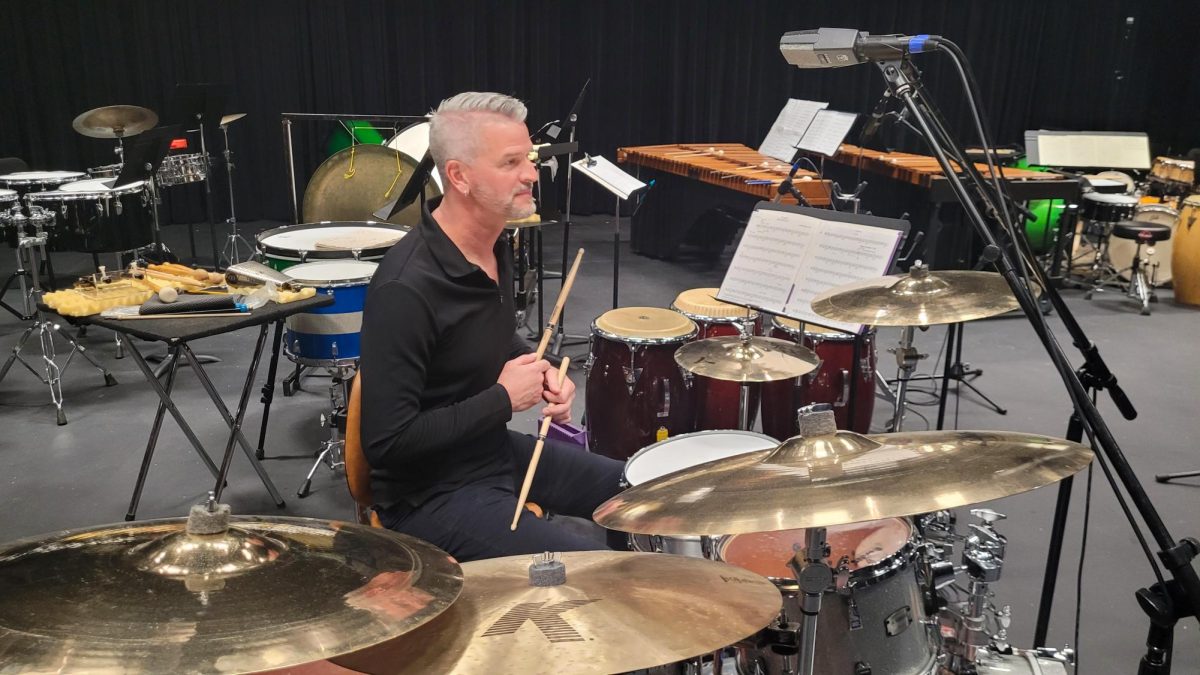
![The Weeklings lead guitarist John Merjave [Left] and guitarist Bob Burger [Right] perform "I Am the Walrus" at The Weeklings Beatles Bash concert in the Dvorak Concert Hall on Saturday.](https://www.dailyeasternnews.com/wp-content/uploads/2025/03/WL_01_O-1200x900.jpg)
![The team listens as its captain Patience Cox [Number 25] lectures to them about what's appropriate to talk about through practice during "The Wolves" on Thursday, March 6, in the Black Box Theatre in the Doudna Fine Arts Center in Charleston, Ill.](https://www.dailyeasternnews.com/wp-content/uploads/2025/03/WolvesPre-12-1200x800.jpg)

